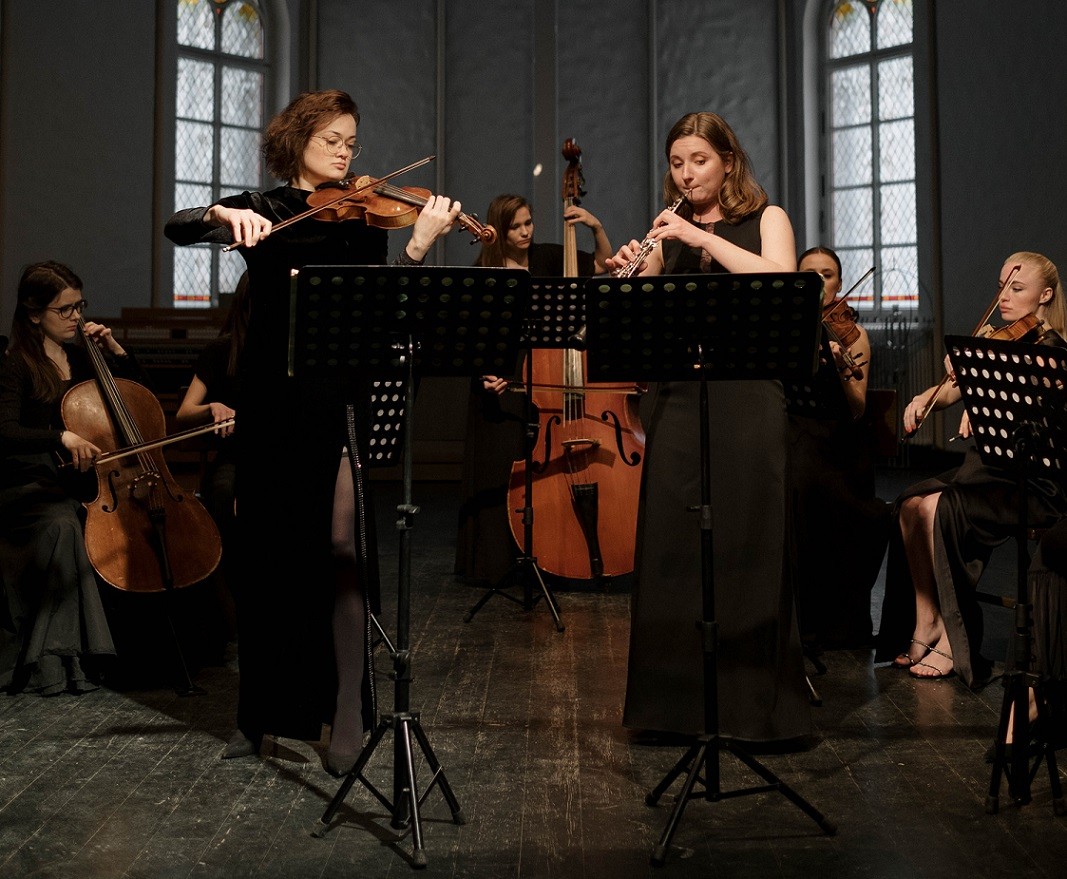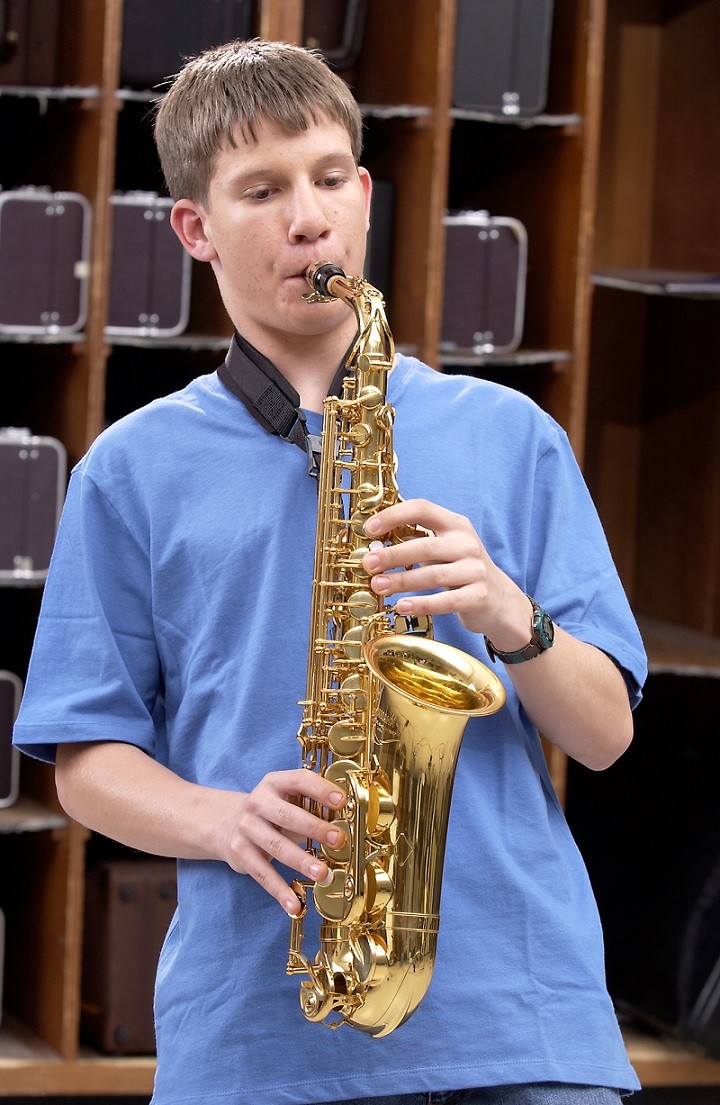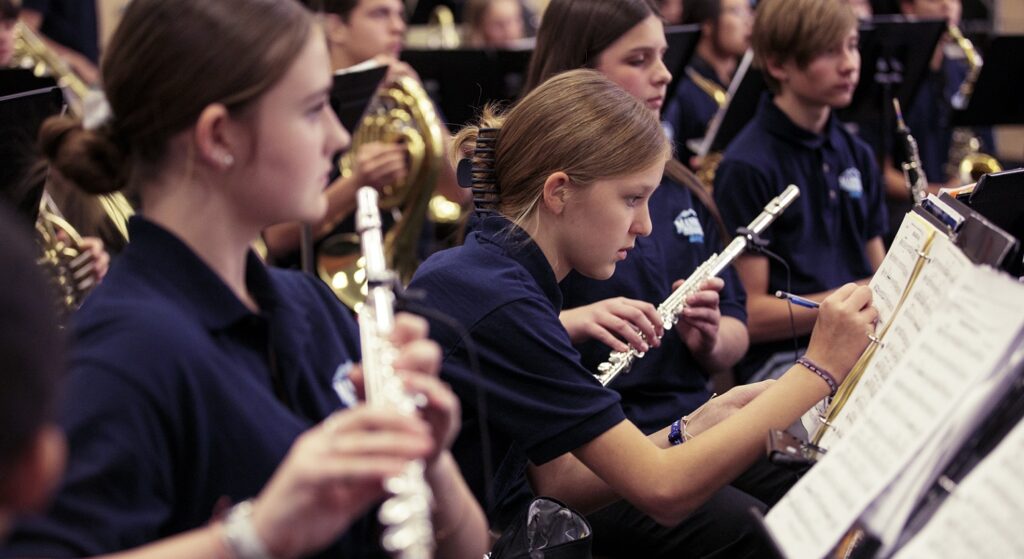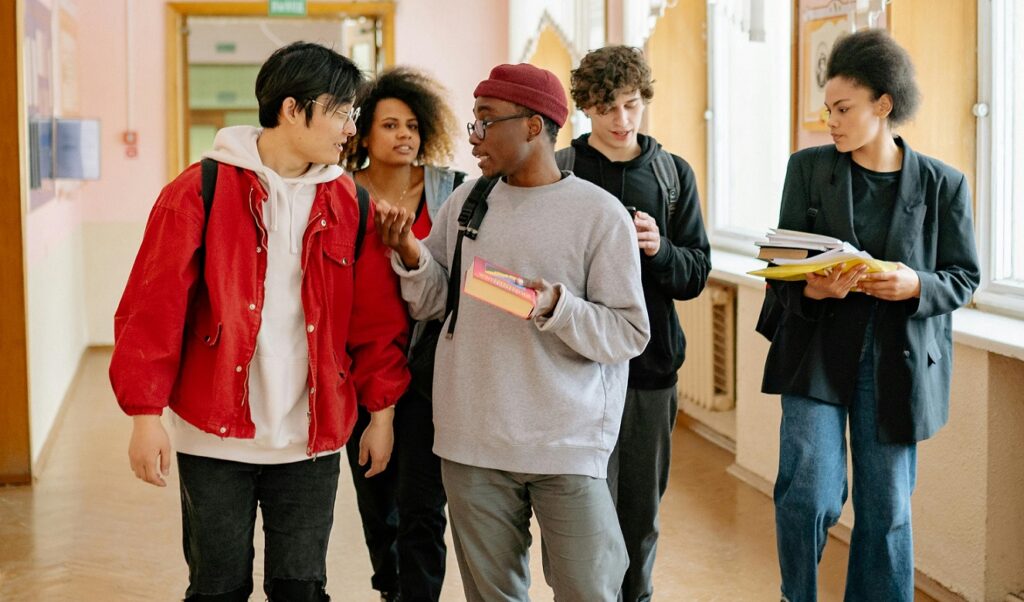5 Tips to Start and Run an Audition-Only Ensembles
Try your hand at forming an elite audition-only ensemble.
Many high schools have audition-only ensembles. While larger pep bands and regular concert band give you more instruments to work with, an audition-only ensemble holds a special place in a directors’ heart. Oftentimes, this ensemble is full of upperclassman who are about to graduate, so time becomes limited and precious.
Here are some tips on how to make the most of your audition-only ensemble — from making it run smoothly, to growing your group for years to come.
1. Try Student-Lead Literature
With audition-only ensembles, you can see which musical direction your students would like to move toward. Block out the end of a rehearsal period to ask your pupils what kind of literature they’d like to play one day. Maybe it’s Holst’s Suite in Eb, Xerxes or even variations on a Korean folk song.
Why try student-lead literature? Because if your students make the selection, they are going to have an extra incentive to want to learn it. Even if it seems above their technical ability, order the score. This is the method one of my own directors, Mr.Koch, employed. He had us playing Persichetti before we were 16. Talk about a feat!
2. Consider Charging Admission to Concerts
 You might face some resistance and difficulties if you start to charge $5 to $10 for admission to concerts, but here are some reasons to consider it with an audition-only ensemble:
You might face some resistance and difficulties if you start to charge $5 to $10 for admission to concerts, but here are some reasons to consider it with an audition-only ensemble:
- It will help cover the cost of new scores and instrument repairs.
- You and your students won’t have to work as hard at fundraising and will have more time and energy to focus on rehearsing.
- It clarifies the concert date.
- It helps set a professional tone for performances and the ensemble as a whole.
The more difficult the music, the more expensive the scores. Not to mention, you may find yourself in need of rarer (and pricier) instruments such as grenadilla wood piccolos, English horns and auxiliary percussion like thunder sheets and theremins.
Some directors might fear that charging admission will decrease the size of the audience, but it can have the opposite effect. If parents and other family members pay for the event, they will likely remember the date more than if the concert was free. This small increase in stakes can lead to bigger audiences.
Even if the initial result to charging admission is a smaller crowd, keep in mind that it’s more important for an audience — no matter the size — to be captivated. Charging admission will certainly weed out the audience members who are noisy and disrespectful. Furthermore, charging admission to your audition-only concert helps set the tone — what was previously an informal event, just became a formal event.
3. Work with Your Local Orchestra
In my area, many members of the Toledo Symphony visit surrounding high schools as guest artists. They provide guest conducting experiences and musical feedback before band festivals. They also do sectionals and sometimes, one-on-one lessons for soloists.
While it might seem like a hefty cost to compensate a professional from the symphony, it is worth it. The more professionals you can have in the room with your students before a competition or concert in a large venue, the better. In addition to this, it actually helps out the symphony as well: Members of the orchestra are exposed to your pool of students, who may want to study with them later down the road.
4. Provide Incentive for Newcomers
You should never play favorites with your ensembles. But there are many advantages to making your audition-only ensemble markedly different than your concert band.
 Here are some tips for providing incentives:
Here are some tips for providing incentives:
- Make it a little competitive — During concert band rehearsals, mention what your audition band is playing, what the chair testing repertoire looks like, what they are doing for their new concert, etc. Hype up the audition ensemble because a little friendly competition and nudging can help grow your audition band’s try-out pool for the next year.
- Change up concert black to something more elegant — Change the basic “concert black” to more formal attire to help set this ensemble apart from the others. Tuxedos and long black gowns are a good place to start.
- Host audition-ensemble exclusive events — something as simple as a short homeroom pizza party can go a long way. Make sure to only do this after an audition-only ensemble concert. Remember, no playing favorites!
5. Get Involved with the Community
 Audition-only ensembles are a great way to provide services to your community. Students who sign up for audition-only bands are more likely to want to perform at events outside of school.
Audition-only ensembles are a great way to provide services to your community. Students who sign up for audition-only bands are more likely to want to perform at events outside of school.
Here are a few performance opportunities you can explore for your audition-only ensemble:
- Have students play at the grand opening of small businesses.
- Get your band involved in their summer community day.
- Make a yearly event inside the school (such as audition-only students caroling from classroom to classroom, playing music over the intercom during game days or other special events).
- Collaborate with the orchestra director if your school has one. Put together a symphonic orchestra and get students from both ensembles together, which will allow for even more advanced literature to try.
Getting involved in your community is a two-way street. Performances attract community attention, which can garner enough recognition for articles on the front page of your local paper!
Twice the Work? Twice the Fun!
While audition-only ensembles can seem like twice as much work, they can also be twice as much fun! Try some new literature that seems too hard — you’ll be pleasantly surprised at how your students will stretch their talent. Get your band out there, get involved and most importantly, enjoy yourself!















